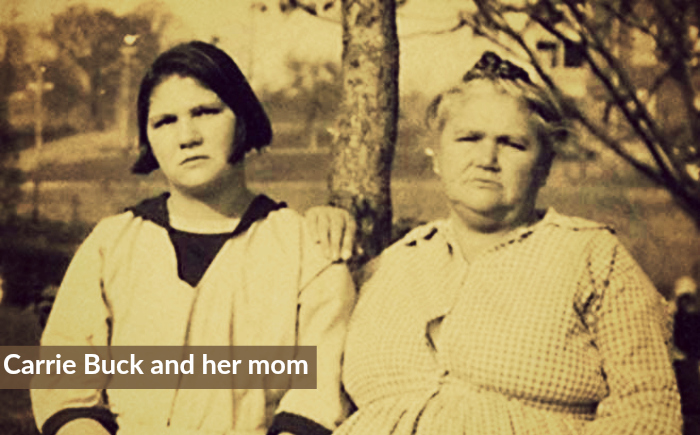Kerby Anderson
Before this year ends, it is worth mentioning the anniversary of a terrible Supreme Court decision that occurred 90 years ago. Eric Metaxas mentioned it in a recent Breakpoint commentary, and I wanted to add some important background to the infamous case known as Buck v. Bell. The high court upheld a Virginia law that allowed them to sterilize Carrie Buck because they felt she was “unfit” to reproduce.
To understand how we got to the court’s decision, you need to go back to Charles Darwin. Most people forget that the complete title of Darwin’s book on evolution was: On the Origin of Species by Means of Natural Selection, Or the Preservation of Favoured Races in the Struggle of Life. He believed there were favored races and less favored races. He expanded on this in his later book: The Descent of Man and Selection in Relation to Sex.
This is the interesting irony. Darwin was a gentleman, a loving father, and a strong opponent of slavery. On the other hand, his writings unleashed a theory that justified racism and eugenics. It is easy to follow the path. Darwin’s half-cousin, Francis Galton formed the first “Eugenics Society.” Galton proposed the idea of instituting “breeding methods” for humans – much like those used for livestock and other animals. Darwin’s son, Leonard, succeeded Galton as head of Eugenics Society.
By the time you get to the 1927 Supreme Court decision, the ideas of eugenics and selective breeding had taken root. That is why in his majority opinion, Justice Oliver Wendell Holmes wrote that it is better if “society can prevent those who are manifestly unfit from continuing their kind.” His most quotable phrase from the opinion was that “three generations of imbeciles are enough.”
This is one bad decision that traces its ideas back to one bad idea.
 Listen Online
Listen Online Watch Online
Watch Online Find a Station in Your Area
Find a Station in Your Area










 Listen Now
Listen Now Watch Online
Watch Online
